Surb Vanes Church
Location
The Ghrali rural settlement is located on a plateau, south of the confluence of the Varanda River's tributaries Navtakhan and Kichintap, 1.9 kilometers north-east of Jraghatsner Village. The church of St. Vanes is located in the area of the settlement, in half-ruined condition, and nearby, the cemetery and ruins of other adjacent buildings are also preserved.
The current Jraghatsner village was formed by the residents of the Ghrali rural settlement at the beginning of the nineteenth century.
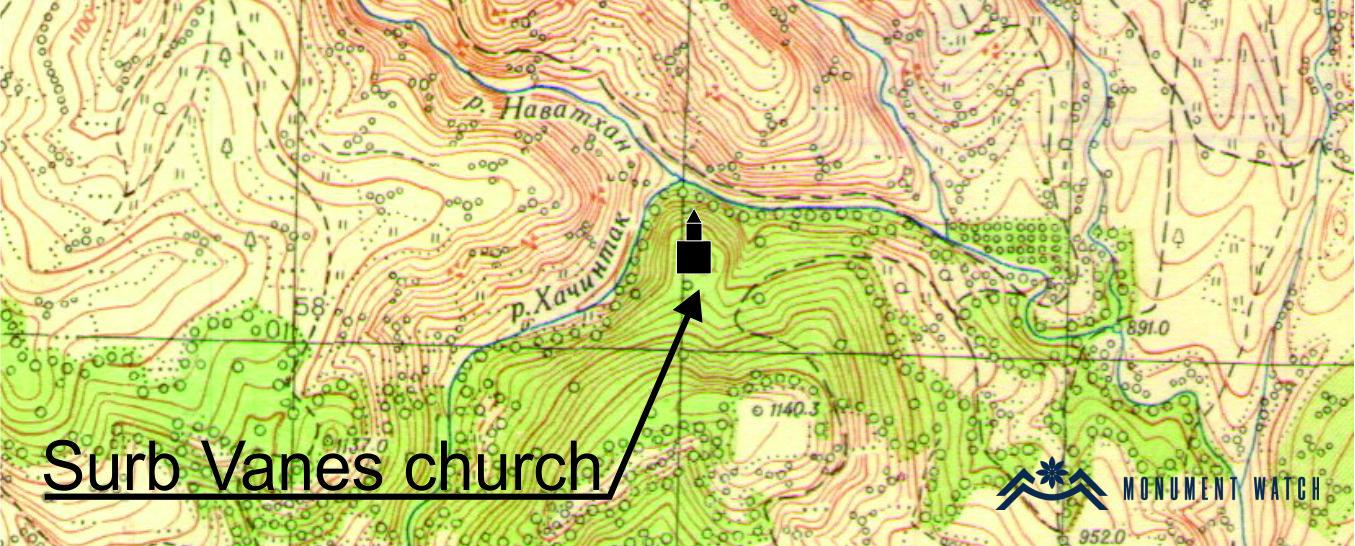
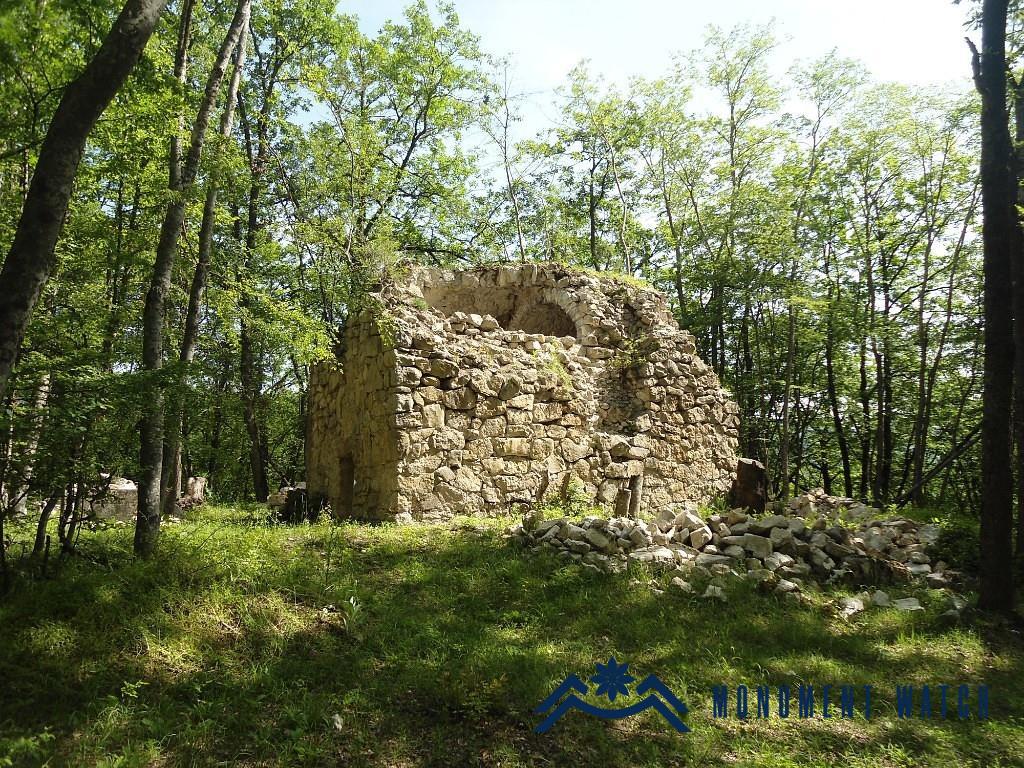
Fig. 1 A view of St. Vanes Church and Cemetery from the south-west. The image is taken from the Jraghatsner village's Facebook page https://www.facebook.com/Jraxacner
Historical Overview
There are no historical facts about the settlement or monument group. There is also no historical information available about the construction of Vanes Church. It was most likely reconstructed in the second half of the 17th century in the location of the old sanctuary. The khachkars and records enchased in the wall, which date back to the 16th century, attest to this (Figs. 2, 3).
The oldest monument at the ancient site is a khachkar enchased in the western facade, which dates back to the 12th and 13th centuries. (Figs. 4). The cemetery is located around the church, and the existing tombstones primarily date from the 18th and 19th centuries (Figs. 5, 6). St. Vanes Church remained a sanctuary for the people of the surrounding settlements even after they had left the village.
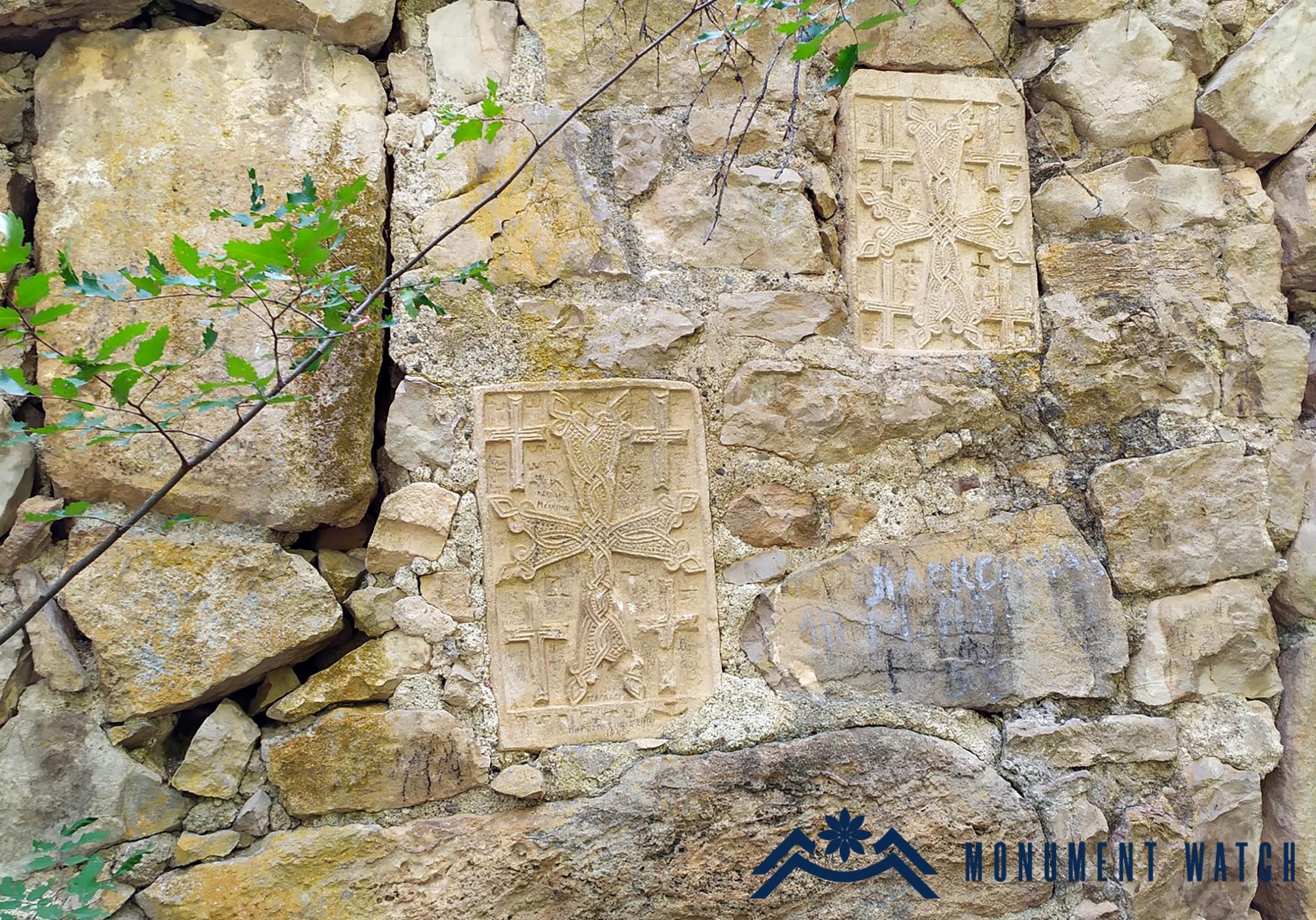
Fig. 2 The Khachkars enchased in the church's walls. The image is taken from the Jraghatsner village's Facebook page https://www.facebook.com/Jraxacner
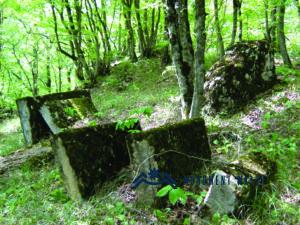
Fig. 5 The Cemetery and Gravestones. The image is taken from the certificate of the Ministry of Education and Science of the Republic of Artsakh.
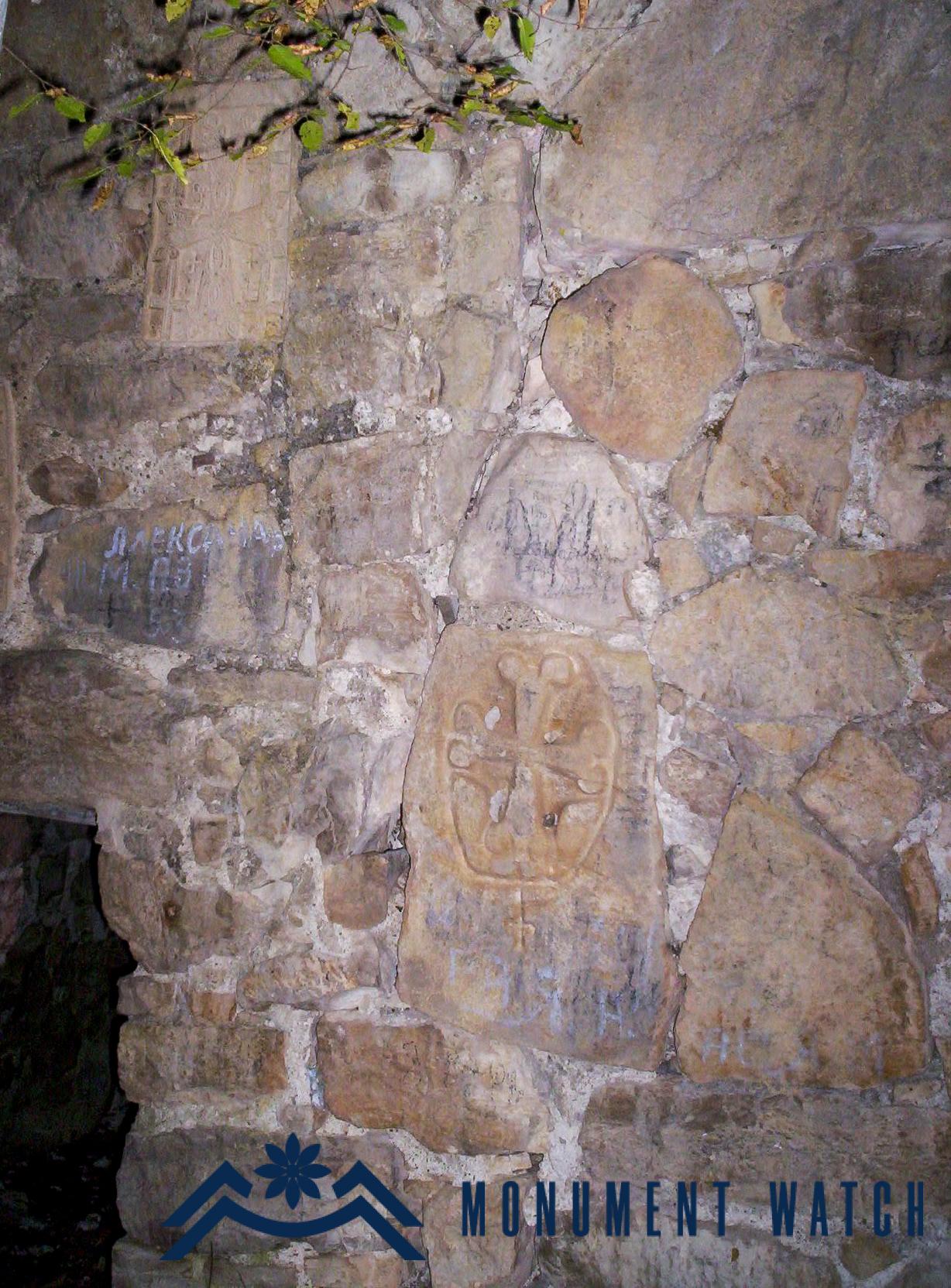
Fig. 3 The Khachkars enchased in the church's walls. The image is taken from the Jraghatsner village's Facebook page https://www.facebook.com/Jraxacner
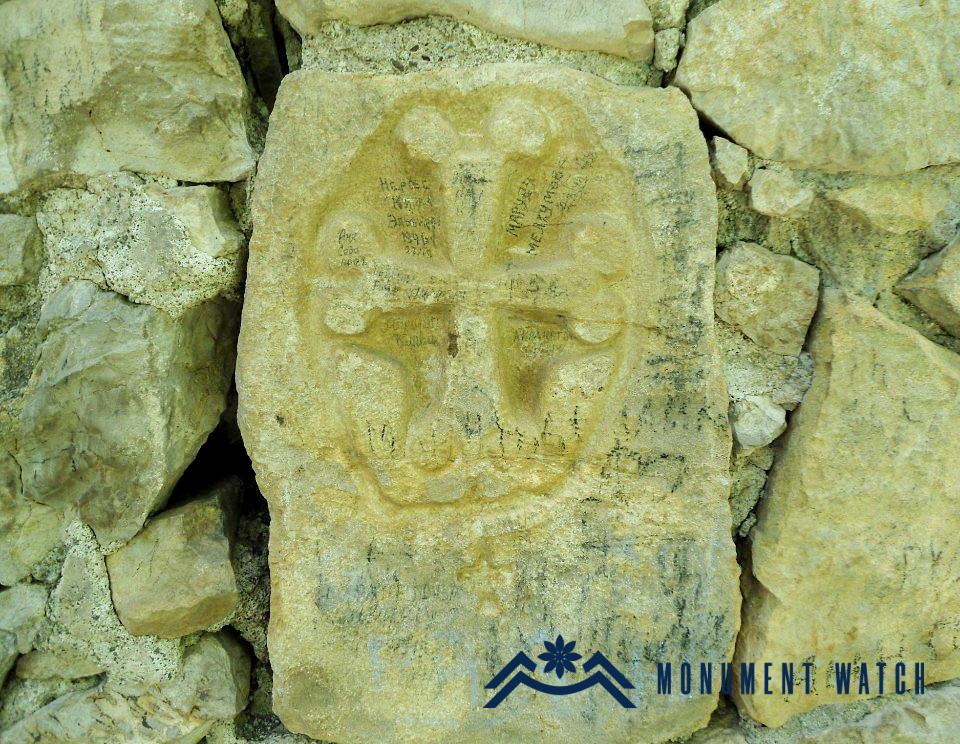
Fig. 4 The khachkar of the 12th–13th centuries, attached to the western facade of the church. The image is taken from the certificate of the Ministry of Education and Science of the Republic of Artsakh.
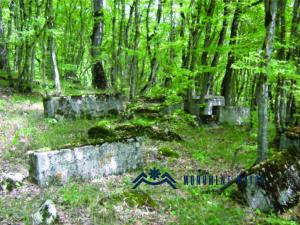
Fig. 6 The Cemetery and Gravestones. The image is taken from the certificate of the Ministry of Education and Science of the Republic of Artsakh.
Architectural-Compositional Description.
The building is a single-nave vault hall measuring 6.4x2.6 meters in size with a maximum height of 5.5 meters. It's made of rough stones from the area and lime mortar. The structure resembles a semicircular tabernacle to the east, and a small niche to the south is used to store church items (Fig. 7). The only entrance is from the west. (Fig. 8)
Lighting was provided from the east via a small window that widens inwards. The table of showbread in the tabernacle was installed in 1812, according to the donation protocol (Fig. 9).The south-western section of the church vault is destroyed.
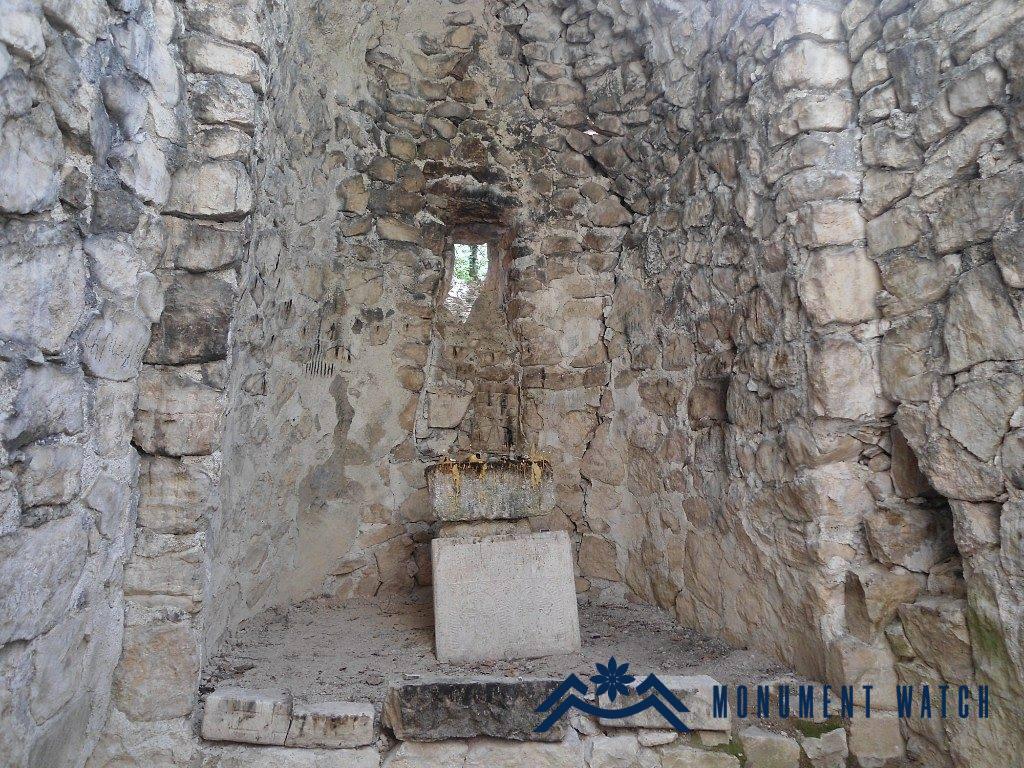
Fig. 7 The tabernacle of the church. The image is taken from the Jraghatsner village's Facebook page https://www.facebook.com/Jraxacner

Fig. 8 The Western façade and entrance. The image is taken from the certificate of the Ministry of Education and Science of the Republic of Artsakh.
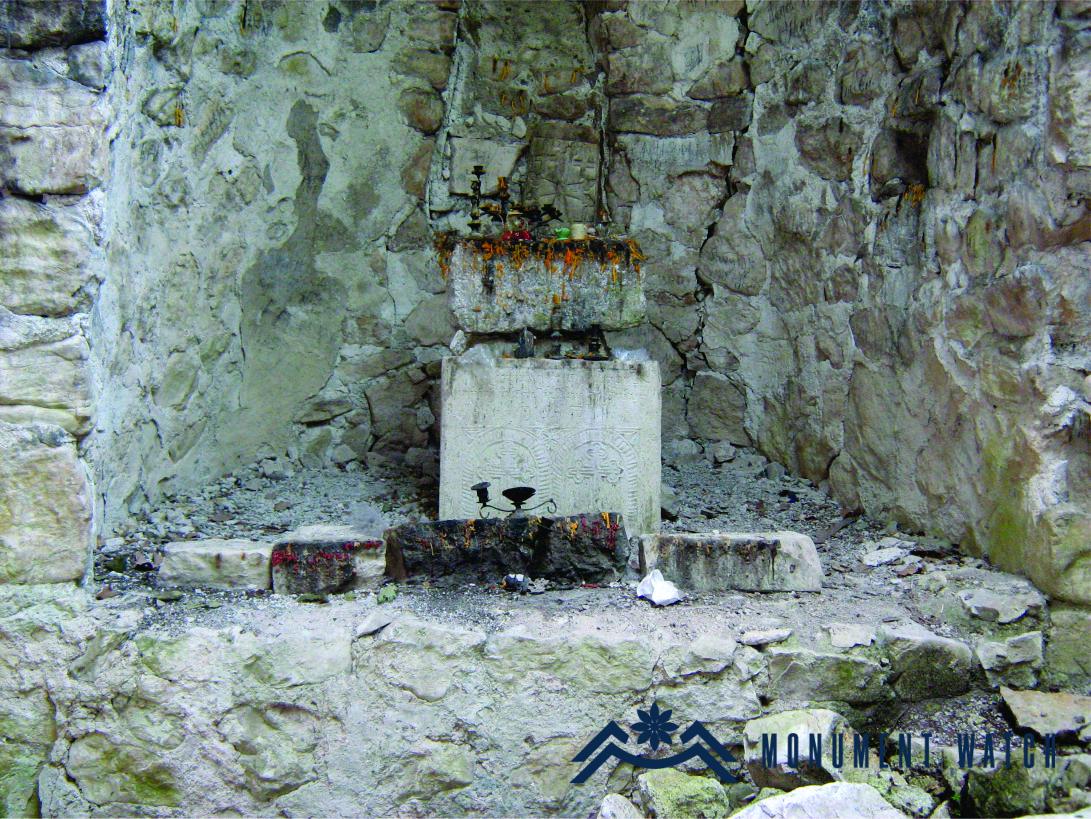
Fig. 9 The Church stage and table of showbread. The image is taken from the certificate of the Ministry of Education and Science of the Republic of Artsakh.
The condition before, during, and after the war:
The village of Jraghatsner and the surrounding areas were heavily shelled during the war. Following the cessation of hostilities, the monument appeared on the Armenian-Azerbaijani border under Azerbaijani control. There is no information available about the monument after the war.
Bibliography
The description of the monument is based on the information contained in the monument certificate prepared by the Ministry of Education and Science of the Republic of Artsakh.
St. Vanes Church
Artsakh